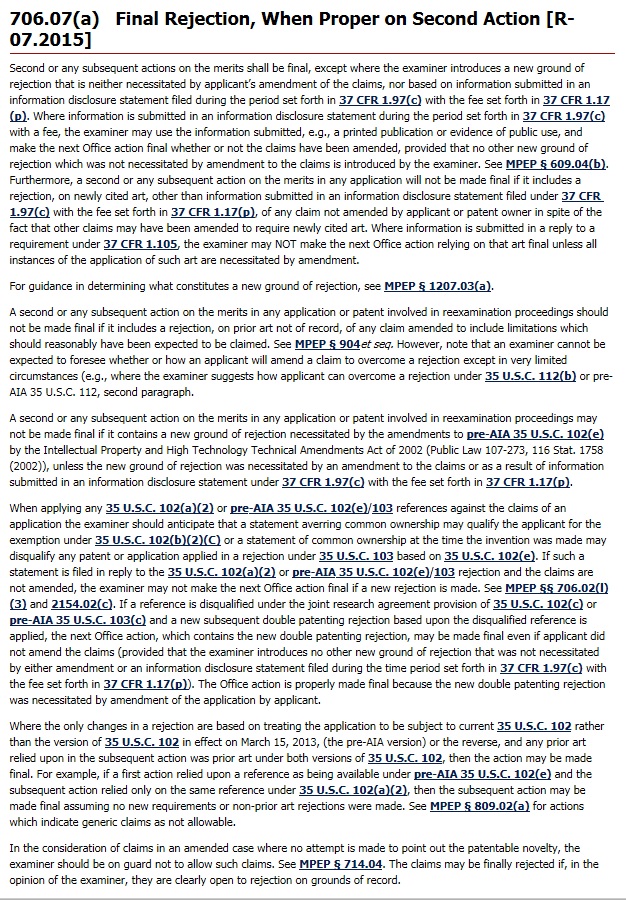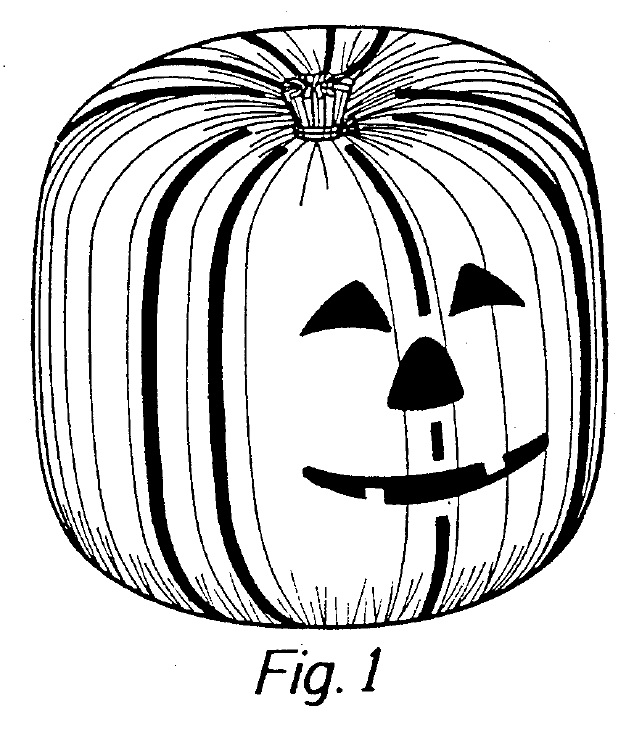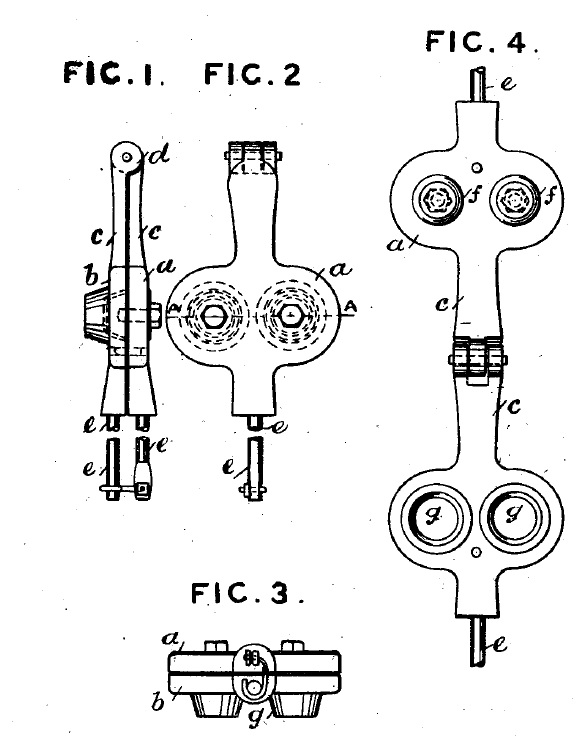In Bascom Global Internet Services, Inc., v. AT&T Mobility LLC, [2015-1763] (June 27, 2016), the Federal Circuit reversed the dismissal of of the Complaint for failure to state a claim upon which relief can be granted on the grounds that the claims of U.S. Patent No. 5,987,606 are invalid as a matter of law under 35 U.S.C. § 101.
AT&T argued that the claims were directed to the abstract idea of “filtering Internet content,” which is a well-known “method of organizing human activity” like the intermediated settlement concept that was held to be an abstract idea in Alice. BASCOM responded by arguing that the claims are not directed to an abstract idea because they address a problem arising in the realm of computer networks, and provide a solution entirely rooted in computer technology, similar to the claims at issue in DDR
Holdings.
The Federal Circuit agreed with the district court that filtering content is an abstract idea because it is a longstanding, well-known method of organizing human behavior, similar to concepts previously found to be abstract. The Federal Circuit said that the claims and their specific limitations do not readily lend themselves to a finding that they
are directed to a nonabstract idea, so it defered consideration of the specific claim limitations’ narrowing effect for step two of the Alice analysis.
The Federal Circuit agreed with the district court that the limitations of the claims, taken individually, recite generic computer, but disagreed with the district court’s analysis
of the ordered combination of limitations. The Federal Circuit said that The inventive concept inquiry requires more than recognizing that each claim element, by itself, was
known in the art. The Federal Circuit said that an inventive concept can be found in the non-conventional and non-generic arrangement of known, conventional pieces.
The Federal Circuit said that on this limited record before it, the specific method of filtering Internet content cannot be said, as a matter of law, to have been conventional or generic. The Federal Circuit found that the claims do not merely recite the abstract idea of filtering content along with the requirement to perform it on the Internet, or to perform it on a set of generic computer components.
The Federal Circuit concluded that the claims were directed to the abstract idea of filtering content, but that BASCOM had adequately alleged that the claims pass step two of Alice’s two-part framework.




